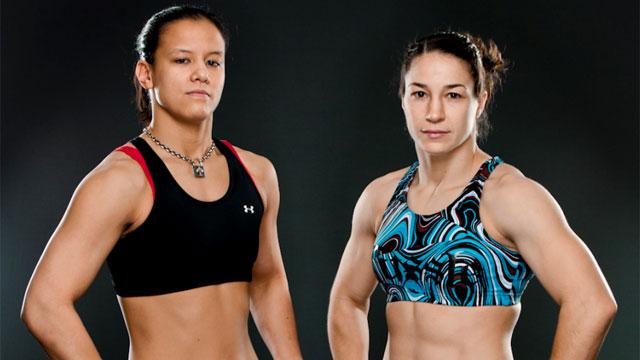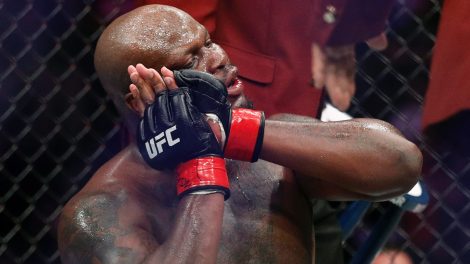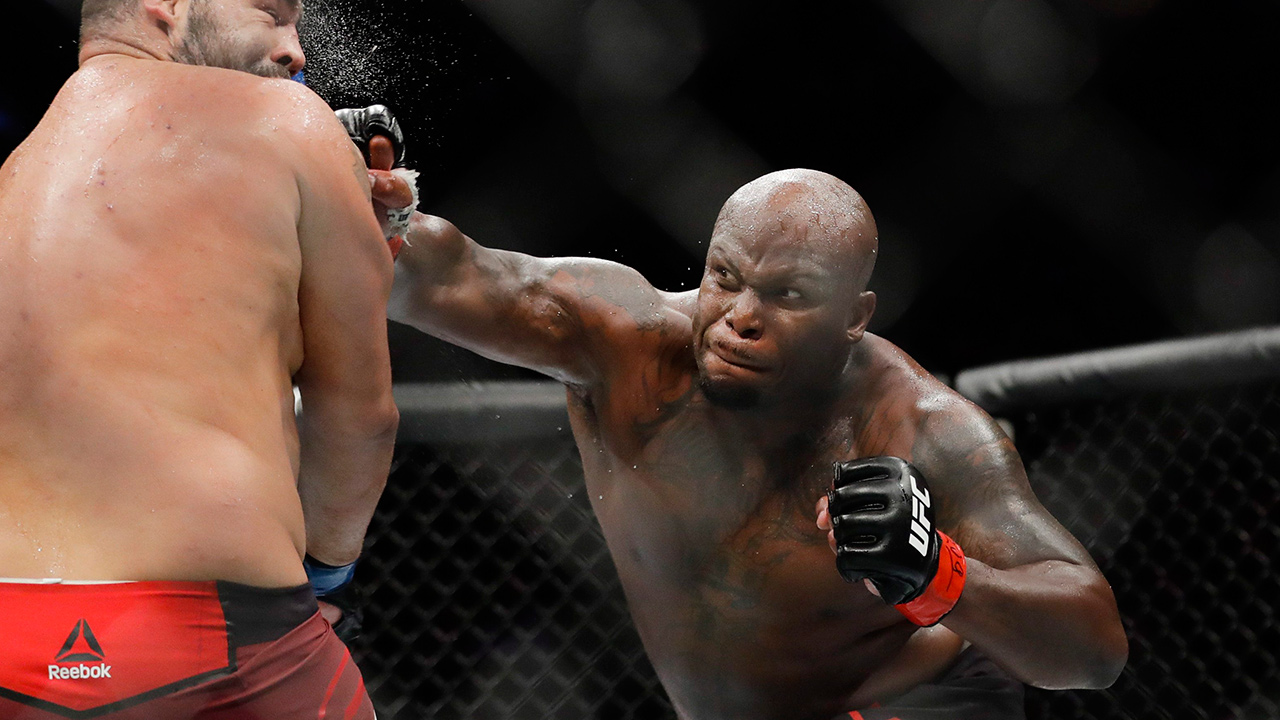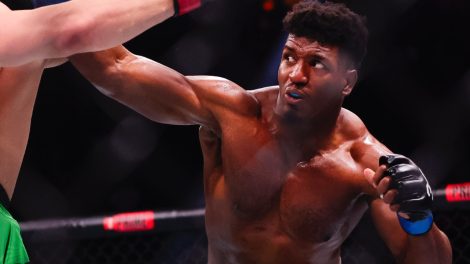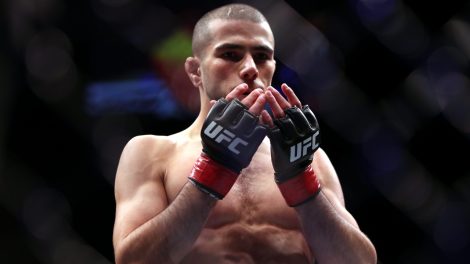If women’s MMA is going to make a successful transition into the UFC — either in bits and pieces like it is right now or as a whole in the future — the continued development, growth, and success of Invicta FC is crucial.
The all-female organization, which debuted with three strong events last year, kicks off its 2013 schedule Saturday night at its full-time home, Memorial Hall in Kansas City, Kan. Invicta FC 4 is headlined by its first strawweight title bout between Carla Esparza and Bec Hyatt, and the co-main event features Canadian bantamweight Alexis Davis taking on Shayna Baszler.
Not just this event but what the promotion does going forward is integral to women’s MMA maintaining the forward momentum they’ve built over the last 12 months. For proof, all you need to do is look across the cage from Rousey on Feb. 23 in Anaheim, Calif.
While Liz Carmouche first earned recognition when she stepped up to fight then-Strikeforce champion Marloes Coenen on short notice in March 2011, she’s worked her way back into a title fight by collecting a pair of wins under the Invicta banner in 2012, and being aggressive in her use of social media, something the organization rewards following each event.
Though Carmouche doesn’t carry as high a profile as Cristiane (Cyborg) Santos — or even former Rousey foes Miesha Tate and Sarah Kaufman — her being near the top of the fight card for each of the first two Invicta events last year kept her name in the women’s bantamweight conversation, and her dominant performances against Ashleigh Curry and Kaitlin Young showed she’s deserving of sharing the bigger names on the female side of the sport.
As of this writing, the UFC only lists February’s headlining duo on their roster. Though I’m sure that will change in the near future, the development of the women’s bantamweight division is likely to mirror that of the flyweight ranks for the time being, with the number of fighters being brought in being relatively low compared to the more established, deeper divisions in the organization.
Fighters like Tate, Kaufman, Sara McMann, Alexis Davis, and Julie Kedzie will likely join the UFC’s female ranks in the coming months. After that, it’s anybody’s guess.
While there are other fighters who could certainly be brought in to add depth to the division and prevent this small core group of competitors competing in a round-robin tournament against each other for the next couple years, it’s unlikely that the UFC is going to bring in more than 10-12 fighters initially, which leaves the bulk of the developmental role to Invicta.
It also leaves fight fans — and the UFC — in a position where supporting the company is in their best interest long-term.
Rousey’s meteoric rise to stardom was only possible because pre-Zuffa Strikeforce was willing to promote women’s MMA, and remained committed to it even following Gina Carano’s departure for Hollywood. Before she was challenging Tate for the title and defending said belt against Kaufman, Rousey was armbarring Sarah D’Alelio and Julia Budd on successive Strikeforce Challengers Series events.
Invicta stepped up last year to give female fighters an organization to call their own and a place to compete regularly, and will become even more important to the growth and development of WMMA when Strikeforce ends its run with its final show on Jan. 12. Though the UFC will showcase the most high profile and experienced talent in the women’s 135-pound ranks, the next generation — and potentially next Ronda Rousey — will likely be plying their trade inside Invicta’s cage to start.
While male talent makes it way to the UFC roster from any one of a number of regional organization throughout North America and the rest of the world, Invicta is poised to be the primary provider of talent for the organization’s newest division moving forward.
Not even one year after its first event, the organization helmed by industry veterans Shannon Knapp and Janet Martin has already become the destination of choice for most of the best “free agent” talent in women’s MMA, and innumerable promising young prospects, several of whom are on display on the preliminary portion of this weekend’s card, as they have been for each of Invicta’s three previous events.
Just as we see with the flyweight division, it’s entirely possible that each fight in the women’s bantamweight division will have partial title implications, at least to start. Depending on the match-ups and outcomes, a fighter could theoretically only need a win or two before challenging for the championship belt. That means fighters could — again, theoretically — work their way into the UFC by stringing together victories under the Invicta banner.
That may not sound all that different than how things work on the men’s side of things, but it’s all about the number of people in line in front of you.
Unlike a male fighter who might need to string together three, four, or five solid wins on the regional circuit before entering the lower third of their division in the UFC, two or three strong outings with Invicta could put a female fighter on the cusp of contention.
If the UFC is truly committed to building a women’s bantamweight division — and I want to believe they are — Invicta will be an essential partner in helping them reach that goal.

